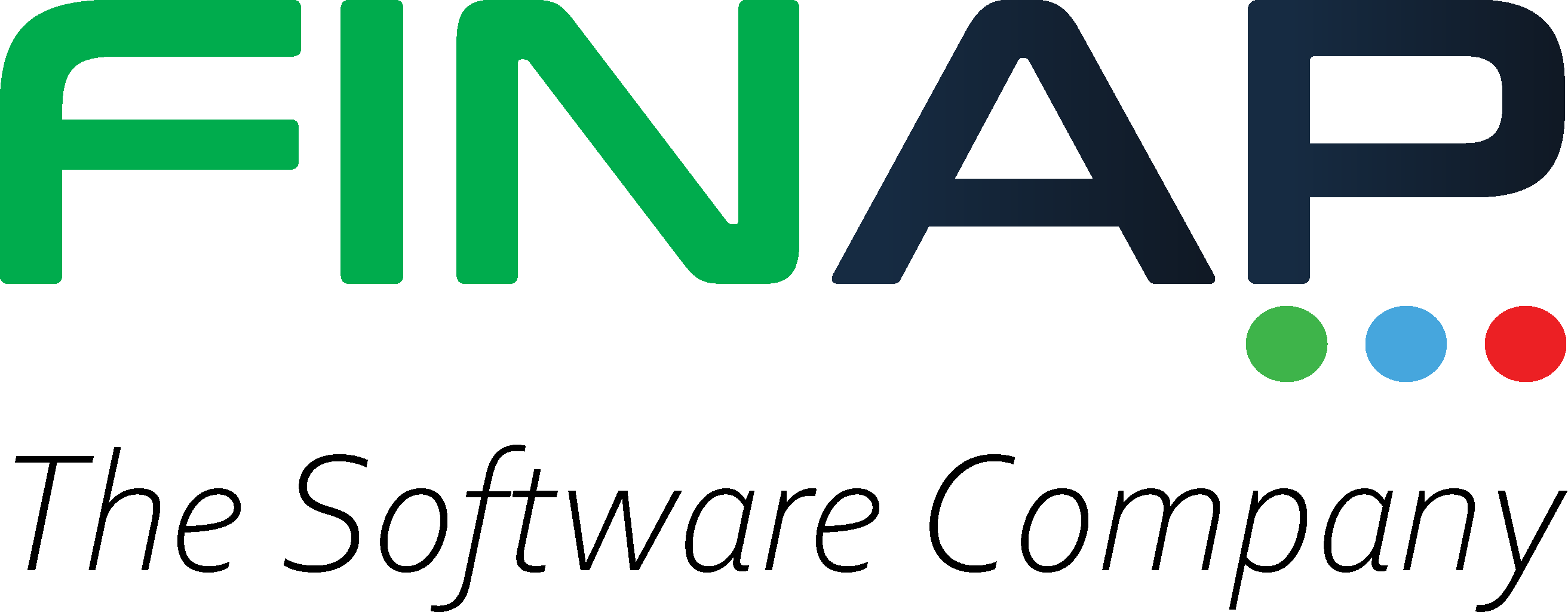Imagine being capable of running a business but never having access to the funds to get it off the ground. That’s the reality for millions of people around the globe. Microfinance steps in to change that. It’s more than a financial revolution that has transformed lives and economies, particularly in developing regions. It isn’t just about handing out loans – it’s about empowering individuals, creating entrepreneurs, and driving community growth.
But what makes this such a game-changer? And how can advanced platforms like FirstMicro (The Microfinance Software) and Cixor (The Nanofinance Software) supercharge the industry? Let’s dive in to learn more.
The Core of Microfinance: Fueling Dreams with Small Actions
At its core, microfinance offers financial services to individuals and small businesses that would otherwise be considered too “high-risk” for traditional banks. The concept is simple but powerful – give someone a small loan or access to savings, and they can change their lives.
But microfinance is more than just money; it’s a lifeline for millions striving for financial inclusion.
1. Microloans: Building Small Businesses One Loan at a Time
Microloans are the backbone of microfinance. These small loans, often less than $100, enable individuals to start and operate small businesses like grocery stalls, tailoring shops, or small farms. With these funds, people who don’t have access to traditional loans can invest in their ventures. For example, a small-scale farmer in rural Sri Lanka could borrow a few thousand rupees to buy better seeds and tools, improving their harvest and increasing income.
Did you know? More than 200 million people globally rely on microloans to fund their businesses!
2. Group Lending: Success Through Community Bonds
One of the most fascinating aspects of microfinance is group lending, where a small group of borrowers is collectively responsible for repaying the loan. This creates a peer pressure system where everyone is invested in each other’s success. It’s an ingenious model that has consistently resulted in better repayment rates compared to individual lending.
Fun Fact - Some institutions report repayment rates as high as 98% through group lending models!
3. Micro-Savings and Insurance: Planning for the Unforeseen
It’s not just loans. Microfinance also provides savings accounts and insurance (often referred to as as microinsurance) products. These services help people protect their hard-earned income and save for the future, offering a financial cushion in times of uncertainty. Micro-insurance, for example, can cover everything from health issues to crop failure, giving people a safety net that’s often unavailable in traditional financial system.
Microfinance and Women: A Match Made in Economic Heaven
One of the most exciting parts of this revolution is its impact on women empowerment. In many countries, women have limited access to financial services, yet they are often the backbone of their communities. Many Microfinance institutions (MFIs) overwhelmingly serve women, who use the funds to create businesses, contribute to household income, and improve their families’ quality of life.
Mind-Blowing Stat - Globally, women make up 80% of microfinance clients!
In places where traditional banking often excludes them, microfinance steps in, and the results have been transformative. Women use these small loans to start businesses, gain financial independence, and even become community leaders.
Challenges in Microfinance: The Flip Side of the Coin
While this has been a lifeline for many, it’s not without its challenges. The high cost of delivering financial services to remote or rural areas is a significant hurdle. Additionally, maintaining profitability while serving the poor creates a delicate balancing act for many MFIs.
· Operational Costs: Due to the small loan sizes and dispersed clients, managing operations is expensive. This, in turn, can lead to higher interest rates, which can sometimes burden borrowers.
· Default Risks: The lack of credit history among borrowers can make microfinance a risky business. This is where innovative models like group lending help minimize risks, but it’s not foolproof.
Technology is emerging as the ultimate enabler to address these issues, making the entire process more efficient, scalable, and transparent. And that’s where FirstMicro and Cixor come into the picture.
FirstMicro and Cixor: Redefining Microfinance for the Digital Age
FirstMicro and Cixor are stepping up to take microfinance and nanofinance into the future. These platforms aren’t just tools – they’re game-changers for how institutions operate.
· FirstMicro is purpose-built for microfinance institutions, providing cutting-edge solutions to manage group lending, streamline loan processes, and enhance repayment tracking. By automating these traditionally manual tasks, MFIs can reduce overhead costs and focus more on growth.
· Cixor complements microfinance by offering integrated financial management tools, advanced analytics, and customer management capabilities. Imagine having real-time insights into loan performance, customer data, and financial health – that’s what Cixor delivers.
Together, these platforms allow microfinance institutions to focus on what really matters: empowering individuals and communities with access to essential financial services.
Conclusion
Microfinance isn’t just about money; it’s about transforming lives. From providing essential financial services to fostering entrepreneurship, microfinance has a profound impact on communities worldwide. While the sector faces its fair share of challenges, the integration of technology through platforms like FirstMicro and Cixor is helping to streamline processes, reduce costs, and enhance the overall impact.
By empowering microfinance institutions, these platforms are paving the way for greater financial inclusion, ensuring that millions of underserved people have access to the resources they need to improve their lives.
FAQ: (Frequently Asked Questions)
Microfinance focuses on providing financial services like micro loans, savings, and insurance to individuals and small businesses who can’t access traditional banking services due to their lack of credit history or collateral.
Nanolenders operate at an even smaller scale than microfinances. While microlenders are institutional lenders, nanolenders are not. Many nanolenders operate as daily loan collectors and may eventually evolve into microfinance institutions (MFIs). Cixor is developed exclusively for nanolenders.
The primary beneficiaries are low-income individuals, especially in developing countries, who need access to financial resources to start or expand small businesses.
Technology, through platforms like FirstMicro and Cixor, helps microfinance institutions automate operations, reduce costs, and increase their reach. This enables MFIs to serve more people efficiently.
By providing small loans, savings, and insurance services, microfinance empowers people to start businesses, generate income, and improve their standard of living. This, in turn, drives community development and poverty alleviation.
FirstMicro and Cixor are tailored specifically to the needs of microfinance institutions. They offer advanced features like automated loan processing, repayment tracking, and real-
time analytics to help MFIs operate more efficiently and reach more underserved populations.


